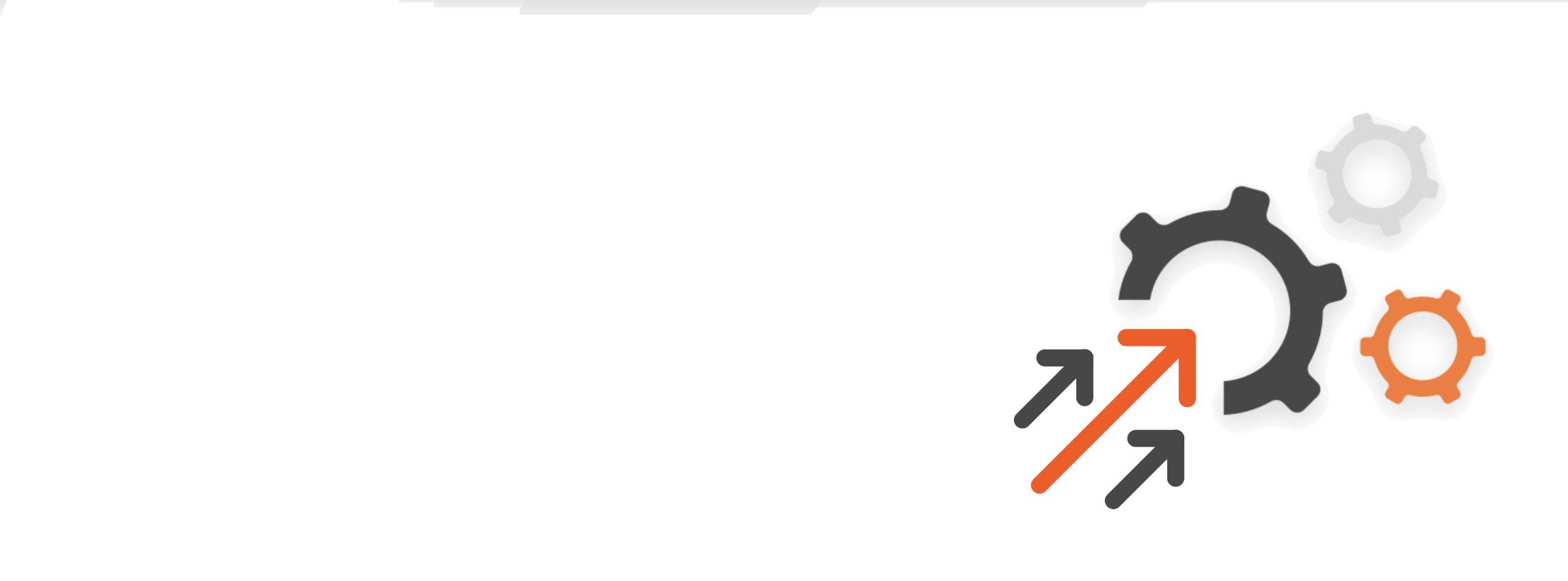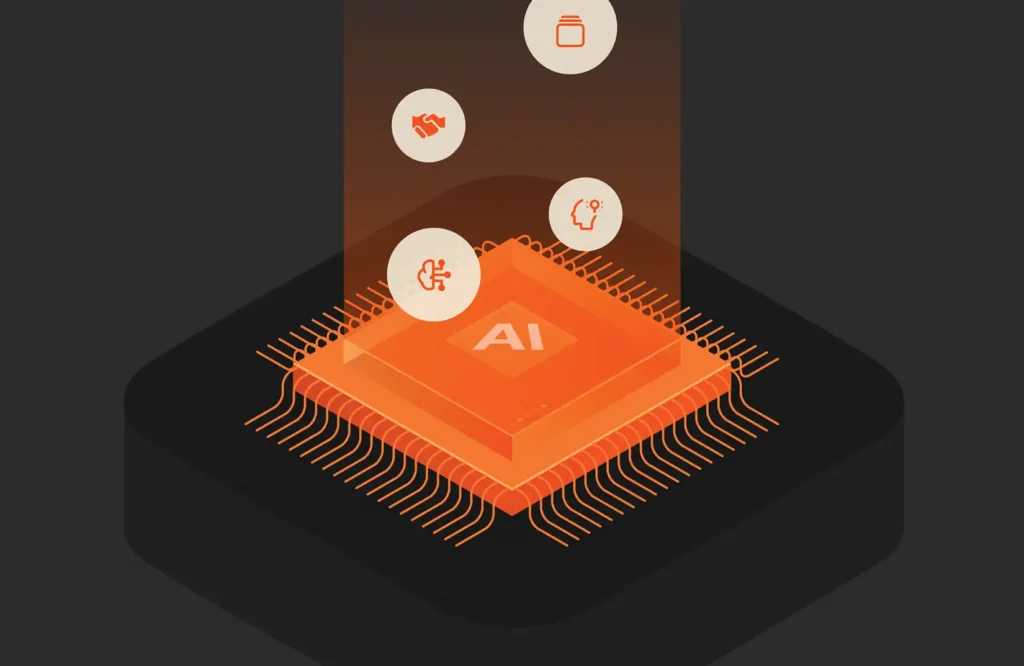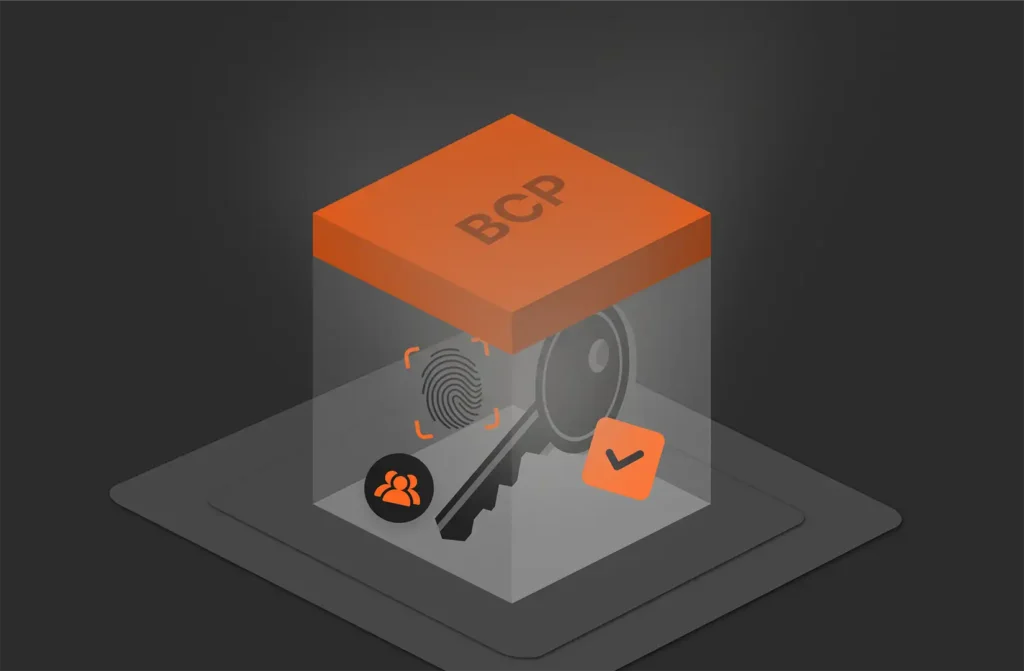MySQL vs. MariaDB, which is better for your needs? For developers familiar with MySQL, you’ve probably heard that the next generation of the database engine is MariaDB. MySQL is the traditional database in Linux, Apache, MySQL, and PHP (LAMP) environments, but MariaDB gained popularity in the last decade as an alternative. MariaDB is a fork from the original MySQL codebase. This free database was created to avoid losing MySQL after it was bought by Oracle. Developers will find that syntax is similar, but MariaDB has some notable differences.
Although MySQL is embedded in several large technology businesses, MariaDB is often seen as a popular new generation database for enterprises. MariaDB supports higher data transfer volumes and is supported by most cloud providers. It was easily adopted since it’s similar to MySQL, which was the dominant database in the early 2000s.
The key differences between MariaDB and MySQL are the foundation for MariaDB’s performance. MariaDB has several more storage engines and supports over 200,000 connections. MySQL has proprietary code with its Enterprise edition, but MariaDB is completely open source. These few differences make MariaDB faster than MySQL. In benchmark testing, MariaDB was shown to perform INSERT statements 24% faster than MySQL.
MariaDB vs. MySQL: Syntax Differences
Because MariaDB is a fork from MySQL, the syntax is similar, but MariaDB has several other features. Basic SQL syntax is the same, but the way MariaDB stores data or handles functions is different . Each new version of MariaDB also has added features. The latest version of MariaDB has several new features and extensions.
One example of an added feature in MariaDB that isn’t available in MySQL is the SEQUENCE feature. In MySQL, you use the AUTO_INCREMENT feature to add a unique incremented integer to each row created in a table. With SEQUENCE, you can create your own custom sequence that starts at a specific value and increments by your own custom value.
The following is an example of the SEQUENCE function:
| CREATE SEQUENCE s START WITH 10 INCREMENT BY 10; |
MariaDB vs. MySQL: Why MySQL Is Easier to Learn than MariaDB
MySQL was introduced in 1995 and became the dominant database engine in the early 2000s. It’s used by some of the world’s largest companies such as Facebook, Airbnb, and YouTube. It’s capable of dealing with billions of records and integrates easily into Linux environments, including affordable web hosting providers.
Because MySQL is so popular, there are plenty of videos and tutorials to choose from to learn how to set up the database and use its SQL syntax to create queries. MySQL is also appropriate for personal projects, and it’s free for individual use. It runs on both Windows and Linux, so almost any developer can use it. Most developers start learning database programming and storage design using MySQL.
MariaDB is slightly more difficult because it’s an enterprise solution. It has several more engines to work with, and it’s available in the cloud. Most enterprise applications have many more features than their consumer alternatives, which make them more difficult to learn.

Applications and Databases
Simplify management, boost performance, and dramatically
cut costs
Will MariaDB Replace MySQL?
No one can predict the future, but MySQL is likely here to stay. You might see more application developers choose MariaDB over MySQL for enterprise applications, but MySQL still has a strong hold on the market. WordPress works natively with MySQL and powers a large percentage of websites. As long as WordPress continues to dominate the content management market, MySQL will still continue to hold onto its popularity.
In the future, MariaDB could power a large portion of web applications, but for now, it maintains a strong presence in the enterprise realm, especially in Linux environments. It’s possible that MariaDB will become a more popular database for enterprise applications in a LAMP environment.
Should You Use MariaDB or MySQL?
If you need to learn about databases or have a small pet project to develop, MySQL is the best option. MySQL has a convenient desktop application that makes it easy to manage and configure the database. The MySQL Workbench software uses a graphical user interface to guide you through the table creation process, and you can build your queries and functions with better feedback from the database service if you make mistakes.
In a large organization, MariaDB is the better option. It’s also beneficial for smaller businesses that expect a large increase in concurrent users. MariaDB scales easily as an application becomes more popular and more users access it. If you want to get experience working with cloud databases, MariaDB is a good choice for learning replication and management of data in the cloud.
Is MariaDB Better than MySQL?
As a fork of MySQL, MariaDB shares many similarities with its predecessor, which makes the determination of “which is better” a subjective one. Some developers prefer MariaDB because it’s open source and free, but MySQL is a stable popular alternative that’s good for small projects. Developers familiar with MySQL might prefer sticking with the database that they’re familiar with, but choosing MariaDB is a good way to learn a new technology. While knowing both databases is beneficial, MariaDB could possibly be a better choice at the enterprise level. At the end of the day, you can always perform your own benchmark testing if you’re not sure if MySQL performance is enough for your application.







